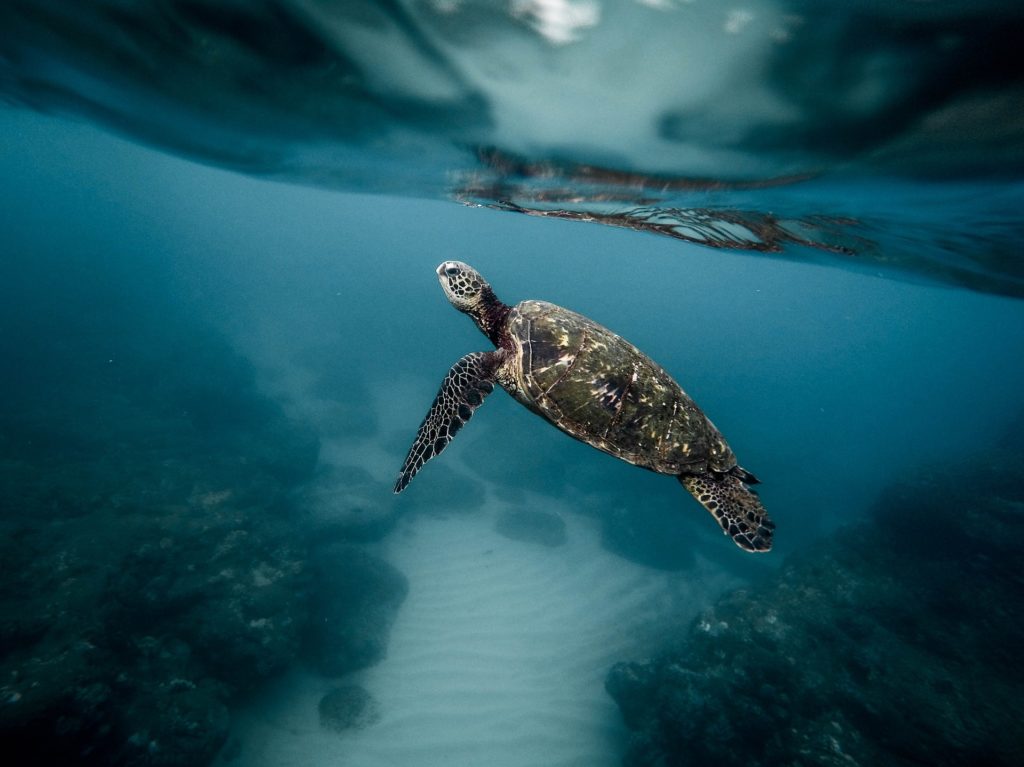
Biotechnology stems from biology, the study of life and uses the discoveries of living organisms and biological processes which are then enhanced or evolved to new products. The ability to discover, acquire knowledge and create has both been the weakness and strength of humanity, as humans contemplate on what we should or shouldn’t tamper with.
Due to the grave dangers of biotechnology a few Caribbean countries were signatories to the Cartagena Protocol on Biosafety to the Convention on Biological Diversity which is focused at facilitating the environmentally sound application of biotechnology.
However, traditional biotechnology has existed for many centuries and are part of our daily life such as in the use of yeast, the fermentation of fruits to make wine and producing cheese from milk. It harnesses the desired traits and characteristics of living organisms in order to modify or generate new products.
The creators at the time like farmers did not have a scientific reasoning behind their practices but knew when they manipulated nature, via trial and error, whichever method got the results that they wanted, was then a practice to be used. This applied in selective breeding, domestication or preservation methods for food.
The resurgence of interest in this field happened in the 1990’s as evidenced by the Mendels investigation of genetic laws inheritance in plants, which was published in 1865, and recently rediscovered. Another is the recent unravelling of the complete genetic code of the human genome.
The genome is the complete set of DNA (deoxyribonucleic acid) of an organism and this aspect of modern biotechnology is based on the theory that genetics are composed of DNA which can be isolated, copied and manipulated to merge with cells beyond the natural breeding limitations.
Challenges in the Caribbean
The Caribbean consist of four coastal countries and twenty-three island states which are fragmented by language, political ideology, and oceanic or land barriers. It is faced with immense difficulties such as higher imports than exports, fragile ecosystems, natural disasters, poverty, high unemployment rates, small agricultural holdings that would not benefit from economies of scale, food security and many more.
The region is known for our spirits (rum), diverse genetic resources from vast endemic flora and fauna, the steel pan, plantation crops, root crops, rich biodiversity, forest, industries (oil, gas, bauxite, iron, nickel, petroleum and timber).

Many strides have been made in biotechnology in the sector of medicine and agriculture. There are numerous organisations and linkages such as International Institute for Co-operation in Agriculture (IICA),United Nations University Biotechnology for Latin America and the Caribbean, University of the West Indies and the Caribbean Agricultural Research and Development Institution (CARDI) just to scratch the surface.
In recent years there have been continued training workshops and further partnerships. Cuba is currently testing their biopharmaceutical innovation in lung cancer vaccines, and Jamaica is producing biopesticides. Trinidad and Tobago in collaboration with Crop and Food Research, New Zealand did an elucidation of the biochemical pathway of colour in anthuriums and disease tolerance which was exported to Holland.
Biotechnology and Biodiversity
The rich biodiversity can lead to many usages just from our flora and serve to create thousands of products in clothing and textile, food, forage, horticulture industries, medical arena, biofuel, cosmetics, construction and new environmentally friendly materials.
Biotech other than being used to produce better flowers, high yields of produce, the actual properties of the plants should be extensively researched to become like plants like corn, hemp, coconut and cotton that usages are in the hundreds.
A car was made from hemp plastic and runs on hemp biofuel and is 4.7 times more green than the electric car, with hemp biodiesel. Hemp biodiesel can be used in any conventional, unmodified diesel engine.
Hemp also gives cotton a run for its money as one acre can produce the same as 2 to 3 acres of cotton and does not mildew. It applications goes on but the last I would mention is hempcrete it behaves as a thermodynamic insulator and steadily absorbs CO2 over time making the material stronger, while reduces the usagers’ carbon footprint.
Any plant out of our extensive range can form future industries that can fewer poverty rates and unemployment rates. One avenue that the Caribbean has begun to venture into is pharmaceuticals these should especially research from the 6,550 endemic plant species.
The problems the region faces is another source of inspiration as biotech can be used to create solutions for areas of challenge such as food security. Little interest in agriculture from the younger population and lack of arable lands can be tackled by urban farming, precision farming, and organic planting.
Urban farming as a strategy would increase the surface area to grow plants as an alternative for the lack of arable land. Concepts like rooftop gardens, vertical garden, and container planting will increase productivity once infrastructure of the building can withstand the weight.
Examples of these can be seen worldwide from the Netherlands to Singapore. Precision farming includes using drones to do readings, such as nutrients, growth, water content and other data, on each plant in the fields. It reduces wastage of inputs and gains optimum output of produce.
Technology within growing systems would lessen the perception of agriculture as back-breaking work and even fascinate the generation that grew up with the advances of computers. The organic planting would address sustainability issues as the world becomes more health conscious and seeks to correct environmental degradation. Additionally, in this region, these would help the Caribbean to protect the sensitive ecosystems.
The future is bright within the region if technology, biology, and sustainability in used to forge the way. Further collaboration between the private sectors and the governmental agencies is needed for greater success.
